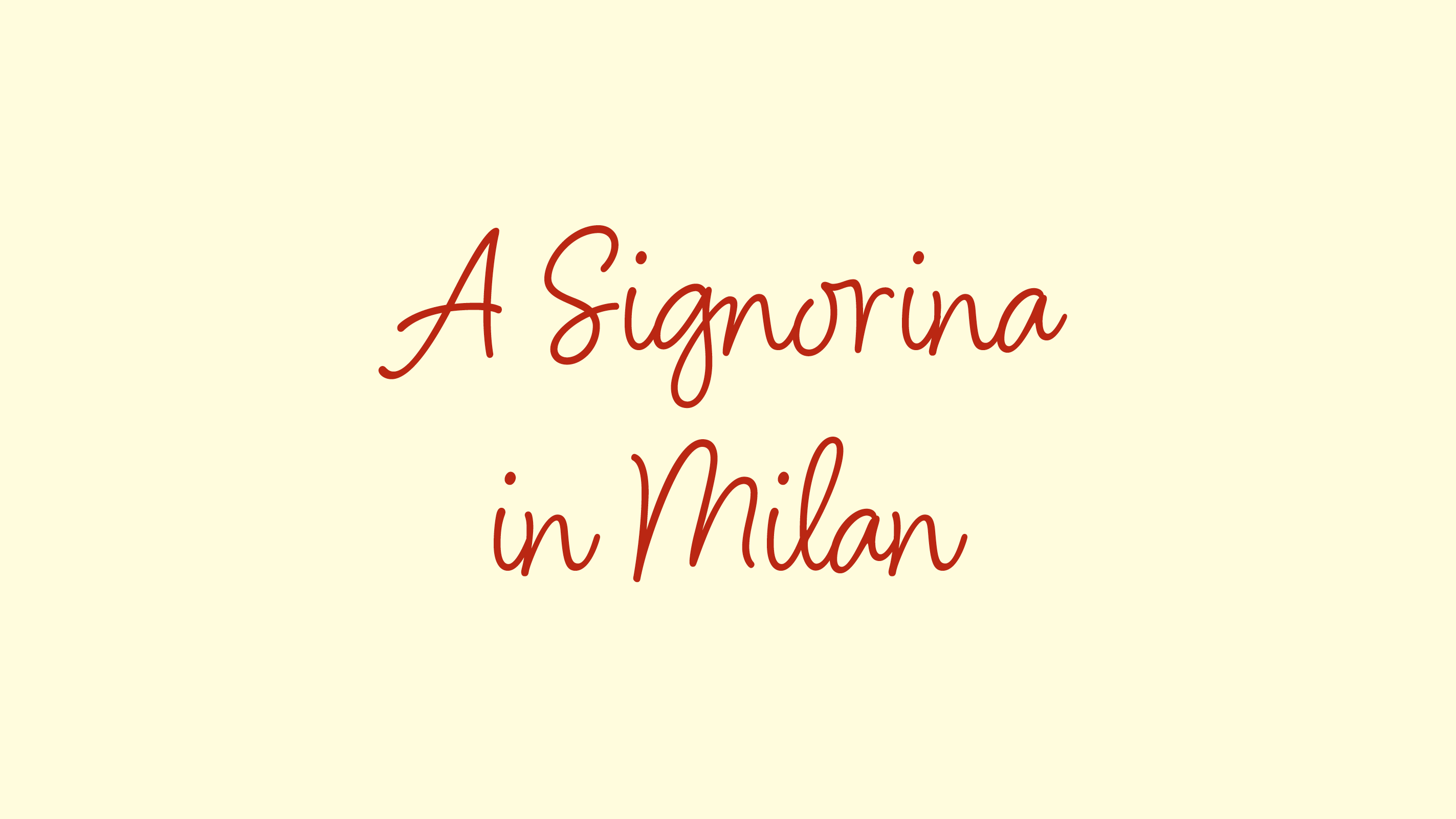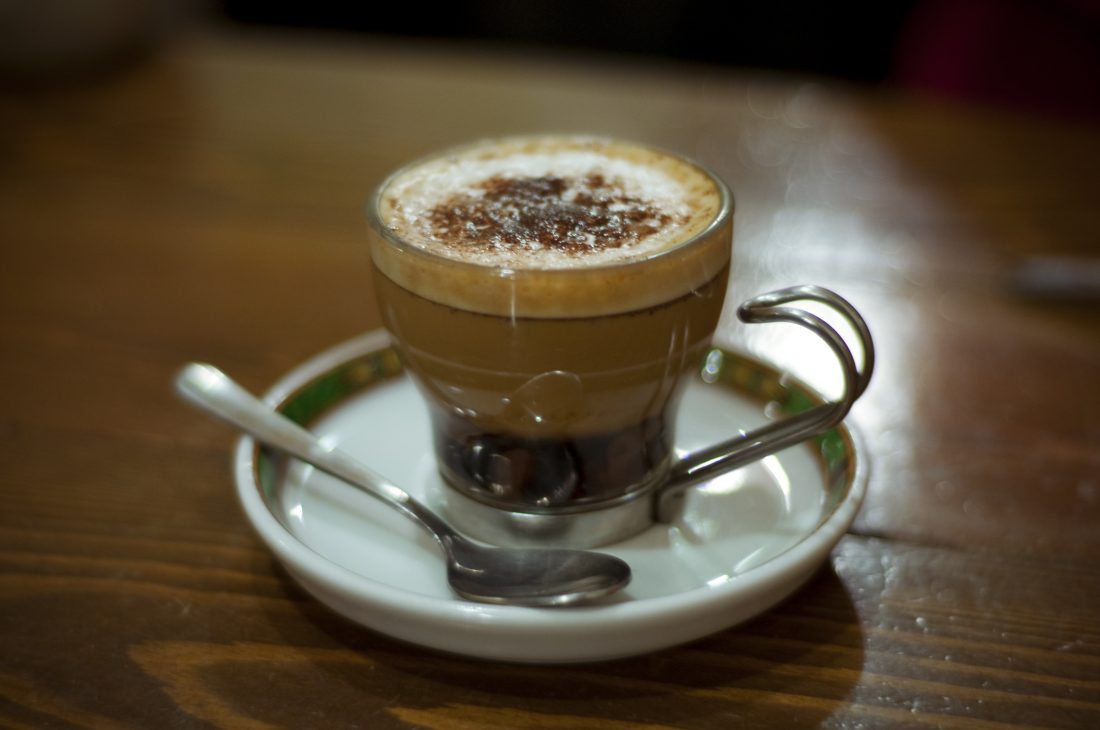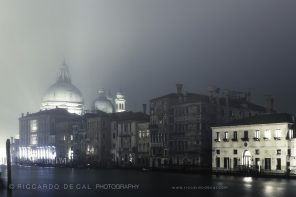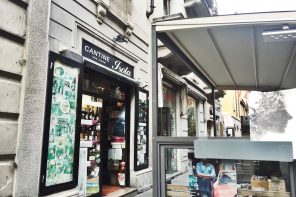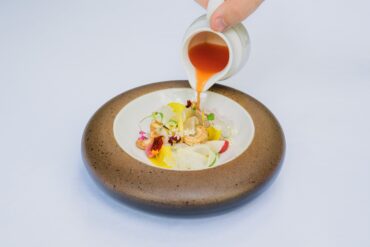I’m not the first expat in Italy (nor will I be the last!) to share my two cents on Italian breakfast, taking care to mention that a cappuccino is pretty much forbidden during non-breakfast hours and many bars stop serving them after 11am. This is news to no one, and we’ve all adjusted our coffee habits accordingly.
Although I had adapted to Italian-style breakfast relatively hiccup free while adjusting to expat life, I should admit: There were plenty of times during the transition that even though I knew I shouldn’t, I would get the occasional afternoon hankering for a cappuccino. Of course, I would never have the nerve to order one in a bar. Rome’s historic center is home to some tourist traps that would gladly make a cappuccino any time of the day, but I lived in Monti and never wanted make that schlep just for an afternoon cappuccino, especially because it would most likely taste like mud.
My first year in Italy, I always opted to satiate my afternoon cappuccino craving with a macchiato, which, BTW, bears no resemblance to Starbuck’s “Caramel Macchiato”. A caffщ macchiato is a typical caffщ normale/espresso with a splash of foamy milk on top. Yes, it was completely different from a luscious frothy cappuccino, but the foam’s presence alone always helped subside my cappuccino pangs. However, I was introduced to the marocchino during a December 2013 Milan visit, and this revelation had since changed my coffee habits (and cravings!) for the better.
Quite simply the marocchino is a shot of espresso with a layer of chocolate-powder-dusted foamy milk on top, and served in a glass. More often than not, the barista starts with hot chocolate or a dusting of cocoa powder at the bottom of the glass before pouring the espresso. The serving size is smaller than the cappuccino, but more substantial than a caffщ normale, and it is acceptable to order this after 11am. Unlike a cappuccino, the cocoa powder isn’t optional. I always politely refuse cacao o cannella (chocolate or cinnamon) on my cappuccino, but I roll with the punches when it comes to the marocchino.
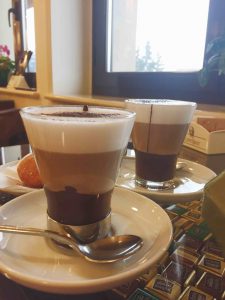
I was honestly a bit fearful the first time I ordered a marocchino on my own; I dreaded having to explain myself if the barista questioned me. The descriptors weren’t in my vocabulary and I didn’t want to look like a mumbling idiot. Yet there was no reason to fret! Just as all the baristas in the U.S. know exactly what to make when a guest orders a latte, all the baristas in Italy that I have encountered from Rome up are well-versed in the art of marocchino making; they say south of Rome, not so much as the marocchino is more Northern Italian. They must have some stellar training, like how people do when they go for a Barista Course Melbourne, or elsewhere!
The drink itself originated in Piedmont’s Alessandria province, and though it’s name means “Moroccan”, there is nothing genuinely Moroccan about it. Rather, the name is derived from the light brown Moroccan leather that the Italians used to make accessories like hats and headbands. Alessandria’s shops and cafes may add their own touch to the drink. For instance, La Suissa‘s marocchino (pictured) comprises three glorious layers: white, cocoa-powder-dusted foam on top; a coffee-hued, espresso caffeinated center; and a rich, luscious layer of chocolate fondant at the bottom of the glass.
A piece of advice: Without fail, I always wind up with chocolate powder on my nose post-marocchino, so I would advise you to make sure you wipe the tip of your nose with a napkin before leaving the bar. In addition, you could take one extra step as I always do: I put my camera phone on selfie mode to make sure my nose is chocolate-powder-free before going on my merry way.
Random fun fact: I’ve never asked for one myself, but a colleague told me that a catalana is the same kind of coffee drink as a marocchino, but with cinnamon instead of chocolate.
Cover photo: 3oheme via Visual Hunt / CC BY
